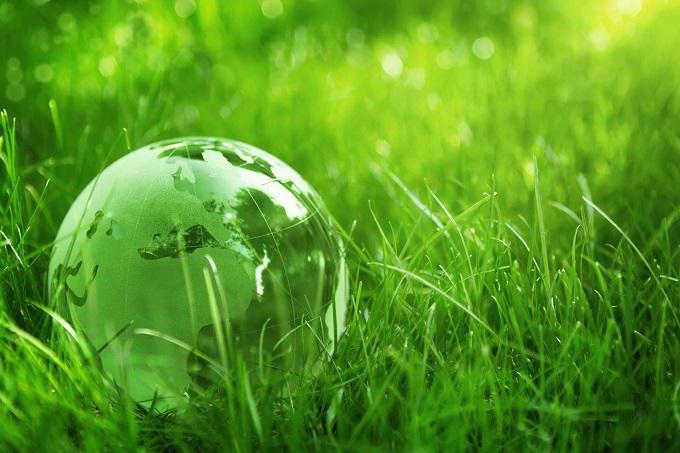Today, the concepts of ecogenocide (the destruction of the natural environment by humans) and environmental consciousness have firmly entered our lives. All conscious citizens understand that the future of not only each of us, but also our descendants, depends on the existence of nature. Interest in ecology as a science of our environment in its entirety requires minimal knowledge in this area. The concept of a “biotope” is often found in popular literature; this is not the same as a biocenosis. We will try to clarify the difference between these concepts in ecology in this article.
A bit of history
For centuries, natural science has used such a tool as the descriptive method. Scientists described and studied wildlife separately. The understanding that everything in nature is interconnected came only in the 19th century, when Karl Moebius introduced the term “biocenosis”. He is rightfully considered one of the founders of ecology. The second famous German, Ernst Haeckel, in 1866 coined the term "biota" as the totality of all living organisms in a certain territory. And already in 1908, another German, F. Dahl, expanded this concept and called the site of the geospace, on which living organisms exist, a biotope.
Biotope is a site
The word comes from Greek words: βίος - life and "τπο" - a place. The modern definition says that a biotope is a part of geospace, homogeneous in the aggregate of the influence of inanimate (abiotic) factors. They form the totality of living organisms living here with all their relationships. Biocenosis together with a biotope form a biogeocenosis. We can say that in ecology a biotope is a non-biotic (non-living) part of biogeocenoses.
The components of the biotope
In a very simplified form, the components of the biotope are:
- Climatop (climate factors).
- Edafotop (soil factors).
- Lithotope (geological factors).
- Hydrotope (water factors).
All biotope factors interact with the elements of the biocenosis: phytocenosis (plants), zoocenosis (animals), mycocenosis (fungi) and microbocenosis (microorganisms). And this interaction is mutual.
Biotope associations
Several biotopes are combined into biochores. Biochores, in turn, combine into biocycles, or vital areas. The vital areas are parts of the planet’s biosphere: land and water bodies.
Biotope boundaries
The boundaries of the biotope are the boundaries of the spread of the biocenosis. They are easy to establish according to the species composition of the phytocenosis - the totality of all plants of the biocenosis. Vegetation biocenosis always has a pronounced specificity. For example, a birch grove has clear boundaries with oak groves, and coniferous forest is not at all the same as deciduous. In addition, biocenoses can be primary or secondary. The primary ones are formed in natural conditions, and the secondary ones are created or partially created by man. In primary biocenoses, organisms are adapted to the environment during evolutionary processes (for example, a mountain forest), most of the biocenoses on the planet are secondary, because there are very few places left untouched by humans on the planet.
Relationships in the biotope
As already mentioned, all living and nonliving in the biocenosis is penetrated by many subtle interconnections. Communications within the biotope are:
- Food (trophic) - when organisms serve as food for other organisms, or organic and inorganic substances of the soil serve as food (a frog serves as food for a stork, bacteria use animal corpses for food).
- Topical - when organisms influence each other or use other organisms for their life (birds build nests on trees, creepers use trees as a support).
- Foric - when some organisms participate in the resettlement or distribution of others (birds carry the fruits of mountain ash, the parasite spreads at the expense of the host).
- Fabric - when organisms use obsolete parts of others as building materials (beavers build dams from trees, ants build their anthill out of coniferous and deciduous litter).
Connections can be direct or indirect, but it is worth remembering that their great diversity. They can change and re-establish, be periodic or exist constantly.

Now to the question "biotope - what is it?" everyone can answer with confidence. That part of inanimate nature, which serves as the life support for all living things in a certain territory and ultimately forms the composition of life representatives right here and now, is called a biotope in ecology. And when you come to a picnic in a forest, oak forest or on the shore of a lake, you invade the biotope of the biocenosis living here. Even a candy wrapper thrown into the grass has already changed the biotope of the existence of animals and plants. It’s easy to destroy. Man makes changes to nature and does not notice it. Take only one fact - you drove in a car closer to the picnic and took grass. This track will not recover for at least five years. Let us take care of the world around us, and nature will repay us with the purity of the water in the stream and the twitter of birds on a warm summer evening.